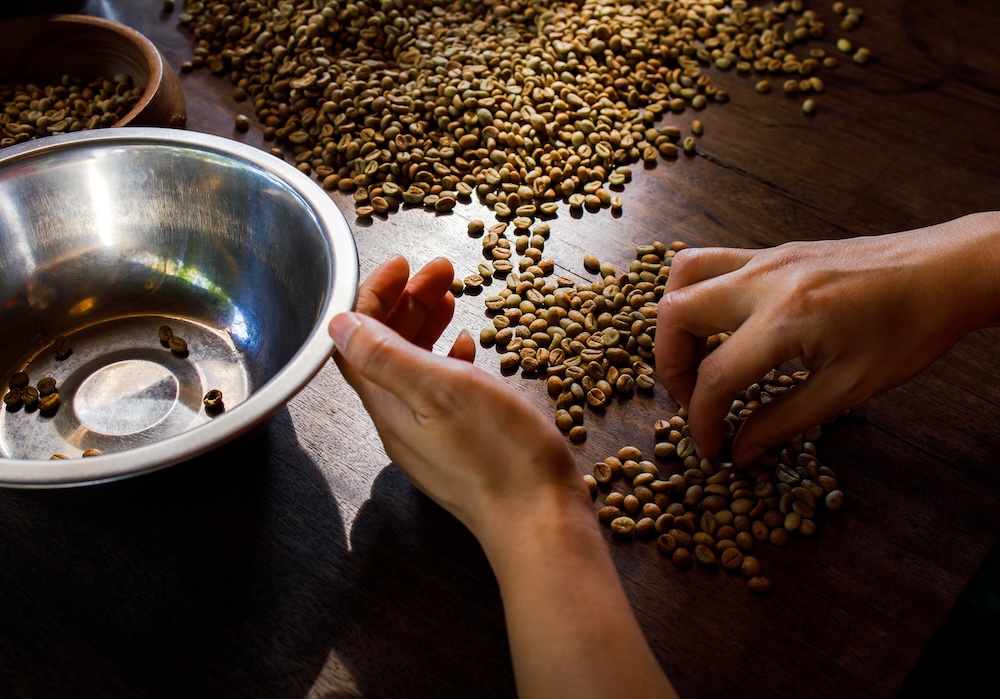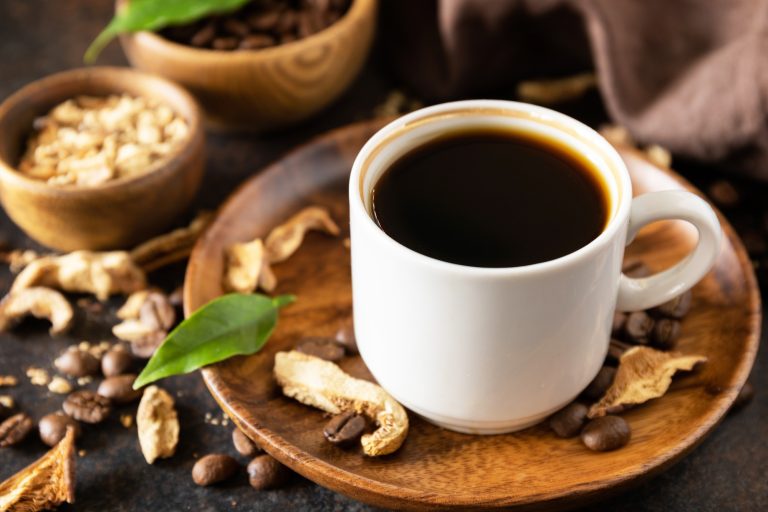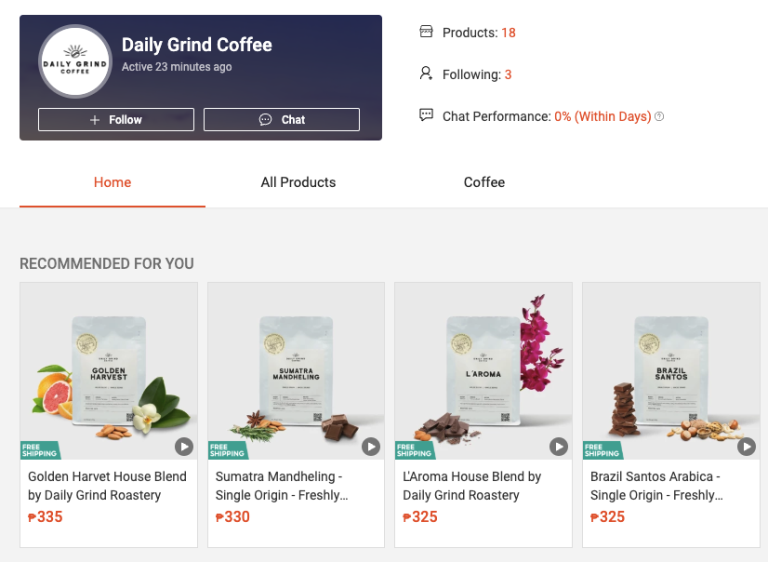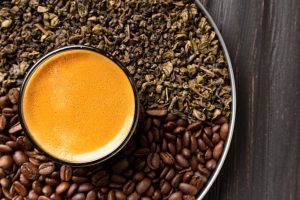Coffee is more than just a beverage; it’s a global phenomenon that starts millions of mornings and fuels countless conversations. But how much do we really know about the journey of those aromatic beans from the farm to our cups? Understanding the coffee bean process not only deepens our appreciation but also helps us make more informed choices as consumers. Let’s take an immersive journey through the detailed process of coffee production, from cultivation to the perfect brew.
Cultivation
Coffee Plant Varieties
The journey begins with the coffee plant. Two primary species dominate the coffee world: Arabica and Robusta.
- Arabica. Known for its smooth, complex flavors and lower caffeine content, Arabica beans are the favorites of specialty coffee lovers. They are generally grown at higher altitudes, which contributes to their nuanced taste profiles, including notes of fruit, berries, and floral aromas. Arabica is more susceptible to pests and diseases, making it more challenging to cultivate.
- Robusta. Valued for their robust, bitter flavor and higher caffeine content, Robusta beans are often used in espresso blends and instant coffee. They are hardier plants, resistant to pests and diseases, and thrive at lower altitudes. Robusta beans produce a thicker crema in espresso, contributing to their popularity in espresso blends.
Growing Conditions
Coffee plants thrive in tropical climates, typically in regions known as the “Coffee Belt,” which includes countries like Brazil, Ethiopia, and Vietnam. Ideal conditions include:
- Climate: Consistent temperatures between 60-70°F (15-24°C) and moderate rainfall (about 60-100 inches per year).
- Soil: Rich, well-drained volcanic soil is preferred, providing essential nutrients for healthy growth.
- Altitude: Higher elevations (2,000-6,000 feet) are ideal for Arabica, while Robusta can grow at lower altitudes.
Coffee Farming Practices
From traditional methods handed down through generations to innovative modern techniques, coffee farming is an art and science. Key practices include:
- Traditional Farming – Often involves shade-grown methods where coffee plants are interspersed with trees, promoting biodiversity and natural pest control.
- Modern Techniques – Incorporate advanced irrigation, fertilization, and pest management systems to optimize yields.
- Sustainable Farming – Emphasizes environmental health, reducing chemical use, and promoting biodiversity. Organic farming, fair trade, and Rainforest Alliance certifications are common.
Harvesting
Harvesting Methods
Once the coffee cherries reach peak ripeness, they are harvested either by hand or mechanically.
- Hand-Picking: Labor-intensive but allows for selective harvesting, ensuring only the ripest cherries are picked. This method is often used for high-quality Arabica beans.
- Mechanical Harvesting: More efficient but may include unripe or overripe cherries, affecting overall quality. Common in large-scale Robusta plantations.
Harvest Seasons
Harvest seasons vary by region but typically occur once or twice a year. Examples include:
- Ethiopia – Main harvest season runs from October to January.
- Brazil – Harvest peaks between May and September.
The timing of the harvest influences the bean’s characteristics and availability. A well-timed harvest ensures optimal flavor and quality.
Processing
Post-Harvest Processing Methods
Once harvested, the cherries undergo processing to extract the beans. Common methods include:
- Wet (Washed) Processing: Involves removing the pulp before fermentation, resulting in a cleaner, brighter flavor. The process includes:
- Pulping: Removing the outer skin.
- Fermentation: Soaking beans in water to break down mucilage.
- Washing: Cleaning the beans to remove any remaining mucilage.
- Dry (Natural) Processing: Dries the whole cherry, imparting fruity and complex flavors. Steps include:
- Drying: Spreading cherries out to dry in the sun, turning them regularly.
- Hulling: Removing the dried husk.
- Honey (Semi-Washed) Processing: Combines elements of both wet and dry methods, producing balanced flavors. This involves:
- Partial Pulping: Removing some, but not all, of the pulp.
- Drying: Drying the beans with some mucilage intact.
Fermentation and Drying
Fermentation is a critical step, breaking down mucilage and developing flavors. After fermentation, beans are dried until they reach the ideal moisture content.
- Sun-Drying: Traditional method where beans are spread out on drying beds or patios.
- Mechanical Drying: Uses machines to speed up the process, useful in regions with high humidity.
Milling
Hulling
After drying, hulling removes the parchment layer, revealing the green coffee beans. This step is crucial for preparing the beans for roasting.
Polishing
While optional, polishing removes any remaining silver skin, enhancing the beans’ appearance without significantly affecting flavor.
Grading and Sorting
Beans are graded based on size, weight, and defect count. Sorting ensures uniformity, which is essential for consistent roasting and flavor.
- Grading: Categorizing beans based on size and weight.
- Sorting: Removing defective beans and foreign materials.
Roasting
Importance of Roasting
Roasting is where the magic happens. It transforms green beans into aromatic, flavor-packed coffee through the application of heat, developing the beans’ full potential.
Roasting Profiles
Roast levels range from light to dark. Each roast level is suited to different brewing methods, influencing the final cup’s taste.
- Light Roasts: Retain more of the bean’s original characteristics, with flavors like fruit and floral notes.
- Medium Roasts: Balance acidity and body, with a well-rounded flavor.
- Dark Roasts: Develop deeper, bolder flavors, with notes of chocolate and caramel.
The Art and Science of Roasting
A skilled roast master balances time and temperature to bring out the best in each batch. Roasting is both an art and a science, requiring precision and intuition.
Grinding and Brewing
Grinding Levels
The grind size directly impacts extraction and flavor. Coarse grinds are ideal for methods like French press, while fine grinds suit espresso machines.
Popular Brewing Methods
From the rich, concentrated espresso to the smooth, aromatic pour-over, each brewing method highlights different aspects of the coffee.
- Espresso: Fine grind, high pressure, and short extraction time for a rich, concentrated flavor.
- Pour-Over: Medium-fine grind, even water flow for a clean, nuanced cup.
- French Press: Coarse grind, full immersion for a bold, full-bodied brew.
- Cold Brew: Coarse grind, long steeping time for a smooth, low-acidity drink.
From Bean to Cup
Storage
Proper storage is vital to maintaining coffee’s freshness. Store beans in an airtight container, away from light, heat, and moisture.
Brewing Tips
For the best brew, use fresh, filtered water and maintain the correct temperature (195-205°F). Consistent measurements and timing ensure a balanced extraction.
From the lush coffee farms to your kitchen, the journey of a coffee bean is a fascinating and complex process. By understanding each step, you can appreciate the craftsmanship and effort behind every cup. So, next time you sip your coffee, take a moment to savor the journey it has taken to reach you.





















